
A Guide to Crimp, Microns, and Lanolin
At Isobaa, we don't just love Merino wool, we understand it. Its exceptional comfort and performance aren't entirely magic, they're the result of intricate natural design. To truly appreciate and understand Merino clothing, it helps to dive into the technical details. Let's explore the science behind crimp, microns, and lanolin.
Microns — The measure of fineness
When discussing Merino wool quality, the first term you'll encounter is micron (μm). A micron is a unit of measurement equal to one-millionth of a metre, referring to the average diameter of a single wool fibre. This measurement is critical because it directly dictates the wool's softness, drape, and next-to-skin comfort.
At Isobaa, we predominantly use ultrafine and superfine Merino wool, ensuring our garments offer superior softness and comfort for any adventure.
Why do microns matter?
-
Softness
The lower the micron count, the finer the fibre. Finer fibres are more flexible and bend easily, which means they won't prickle or itch your skin. This is why high-quality Merino wool, with its low micron count, is renowned for its non-itchy feel.
-
Drape
Finer fibres are less rigid, allowing the fabric to drape beautifully and conform effortlessly to your body's shape.
-
Thermal regulation
While it might seem counterintuitive, finer fibres create more microscopic air pockets within the fabric. These air pockets enhance the wool's insulating properties, trapping warm air when it's cold and allowing for breathability when it's warm.
Crimp — Natural elasticity & insulation
Beyond its fineness, Merino wool also has a beneficial characteristic called crimp. Crimp refers to the natural wave or curl in the wool fibre. Imagine a tiny, three-dimensional spring; that's crimp! It's this built-in elasticity that significantly contributes to Merino's performance.
The benefits of crimp
-
Elasticity and recovery
The natural crimp allows Merino wool to stretch and return to its original shape. This gives Merino garments excellent resilience and resistance to wrinkling, helping them maintain their form even after extended wear.
-
Bulk and loft
Crimp creates countless tiny air pockets within the fabric. These air pockets are crucial for insulation, trapping warm air close to the body in cold conditions. In warmer temperatures, this structure allows for superior breathability, helping to regulate your temperature.
-
Softness and comfort
The crimp prevents the fibres from packing down too tightly, contributing to the wool's soft, springy feel. It also helps prevent any potential prickle by reducing the number of fibre ends that can poke the skin.
Lanolin — Nature's protective coating
Lanolin is a natural wax secreted by sheep's sebaceous glands, and it's intrinsically linked to the incredible properties of Merino wool. Often called "wool wax," lanolin coats each individual wool fibre, providing a protective and beneficial layer. While much of the lanolin is removed during the scouring process (cleaning the raw wool), a small, beneficial amount remains in the fibres used for textiles like ours.
Lanolin for Merino wool
-
Water repellency
Lanolin provides a natural, water-resistant barrier. While not waterproof, it helps Merino wool shed light rain and resist moisture absorption, keeping you drier for longer. This is why Merino garments perform so well in damp conditions.
-
Odour resistance
Lanolin, combined with the wool's unique fibre structure, contributes to Merino's natural odour-resistant properties. It inhibits the growth of odour-causing bacteria, meaning you can wear your Merino gear for longer between washes.
-
Softness and smoothness
Lanolin helps to lubricate the wool fibres, contributing to their smooth feel and reducing friction within the fabric.
So now you know
Microns, crimp, lanolin — they might sound technical, but they’re just a few of the overlooked natural features that make Merino wool so comfortable, reliable, and versatile. They explain why it feels soft when you pull it on, why it keeps you warm without overheating, and why it doesn’t smell after a long day out.





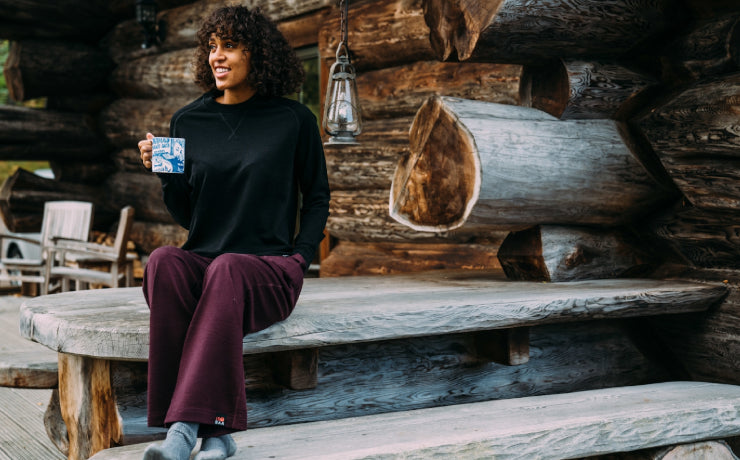
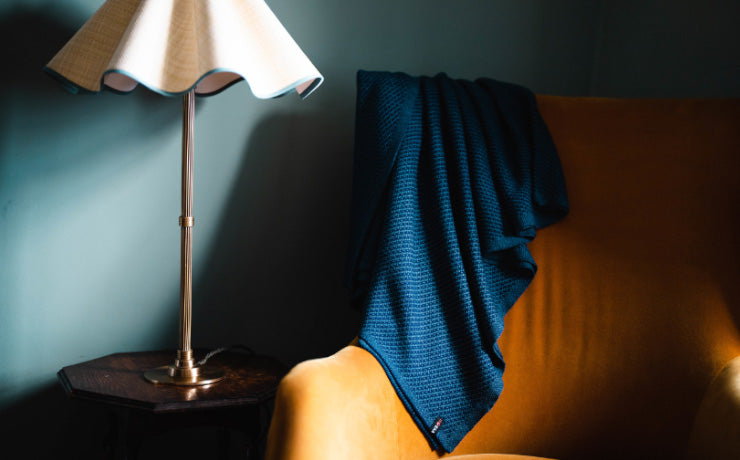
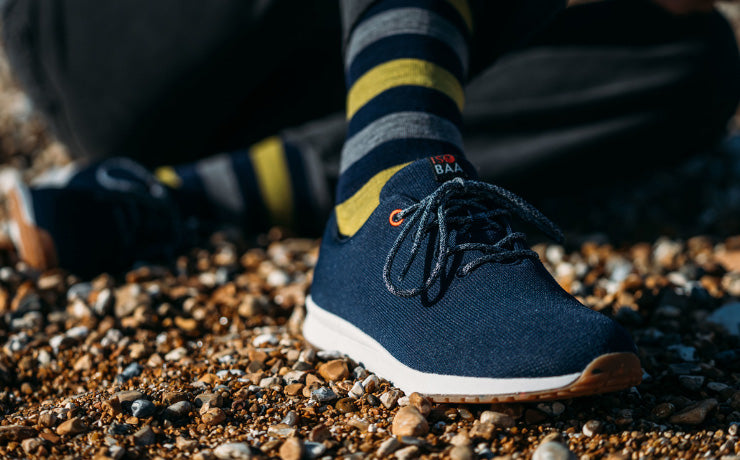



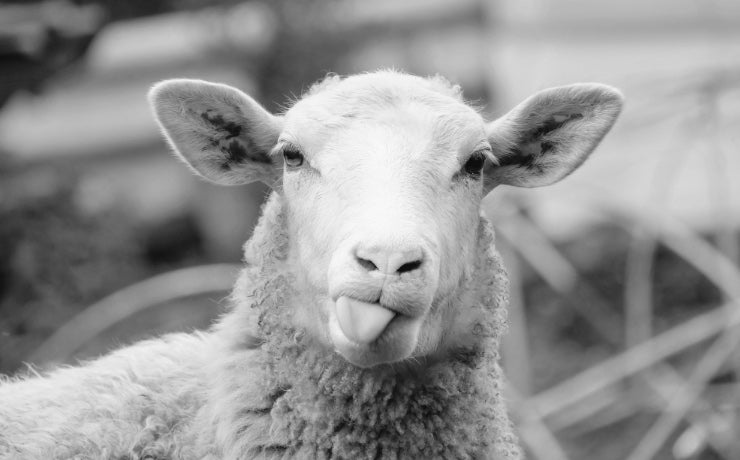




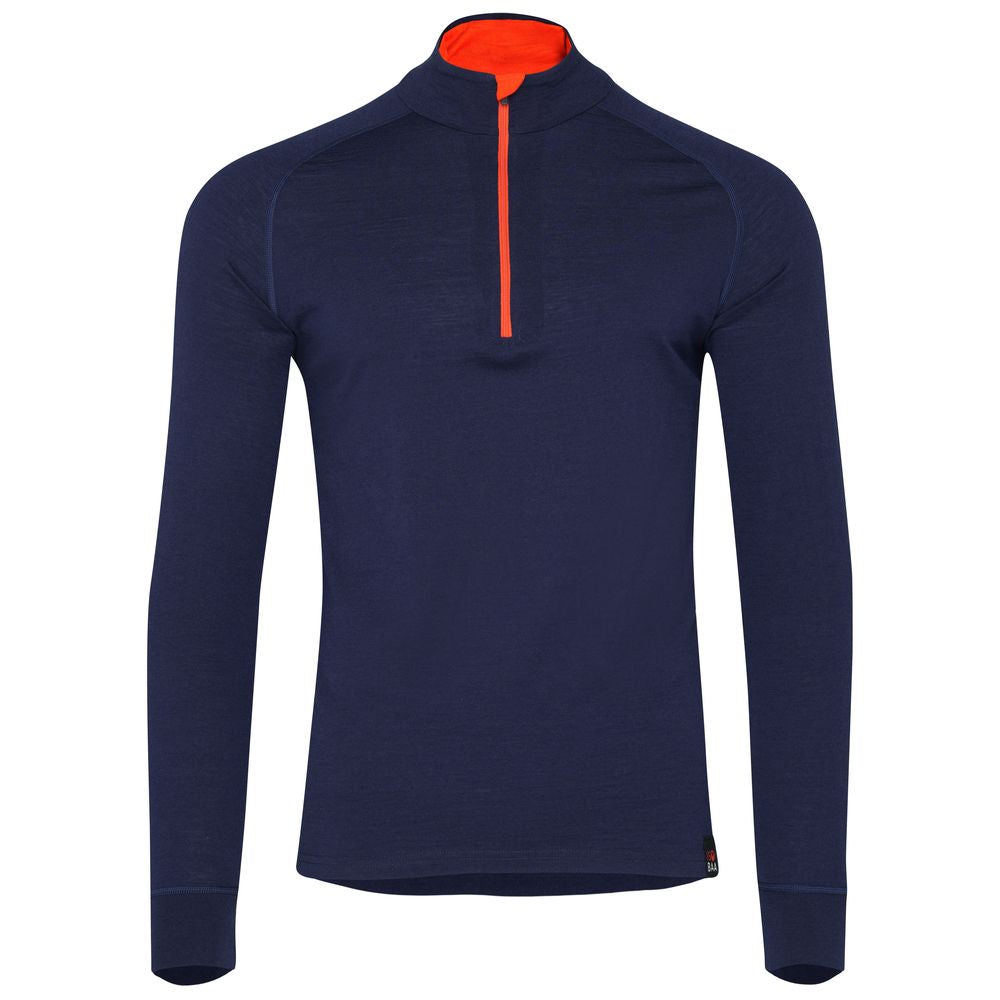

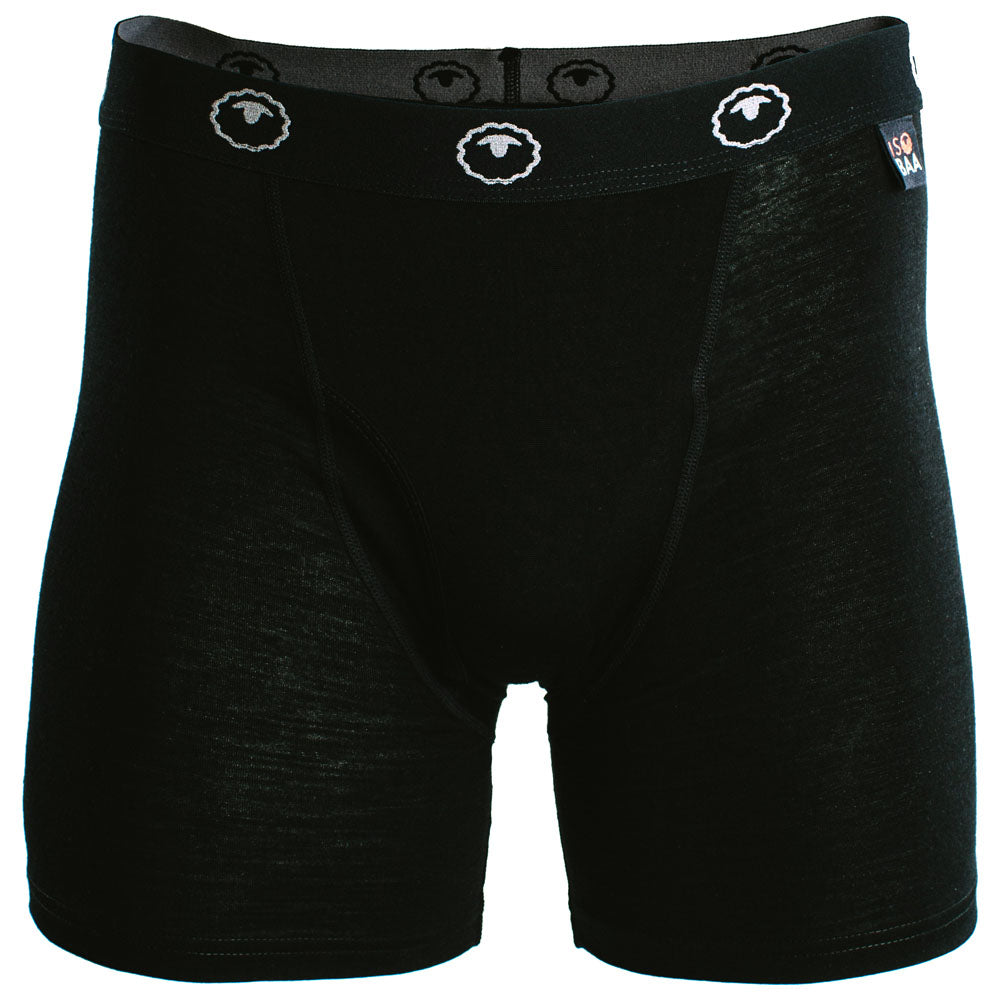
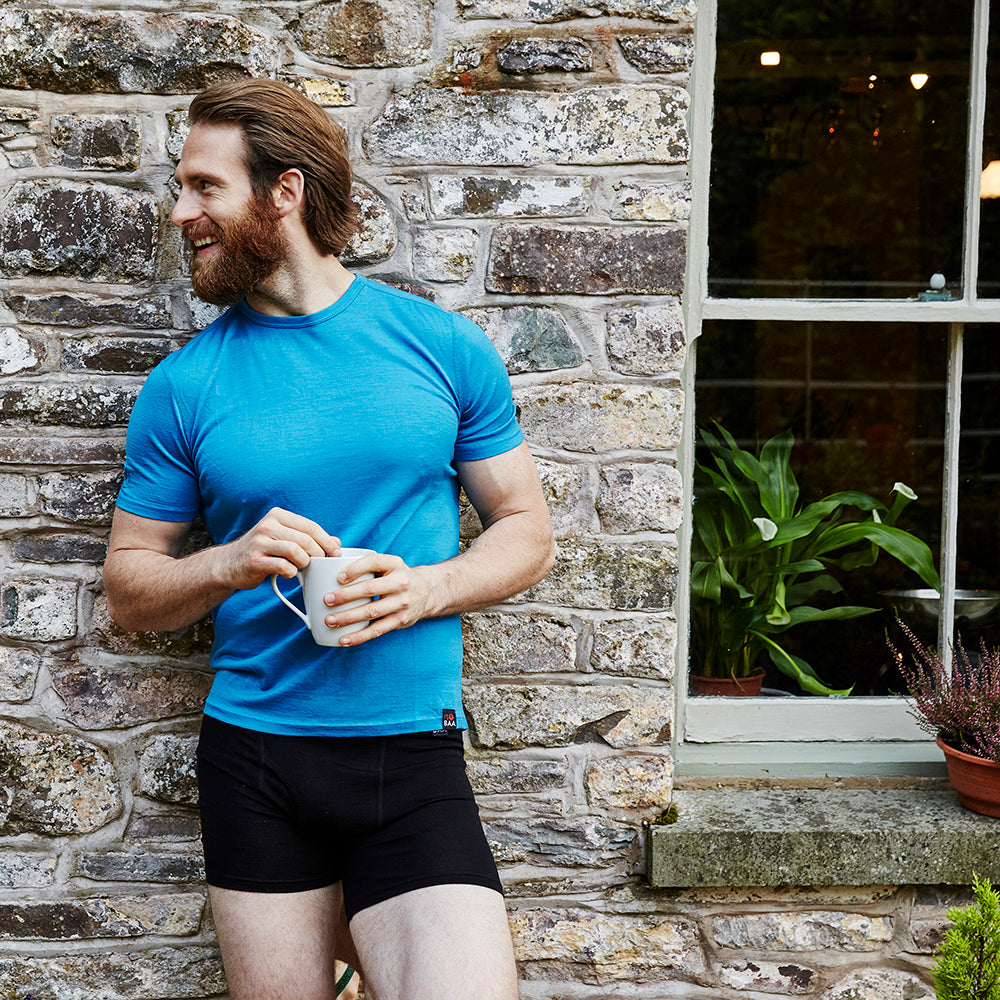


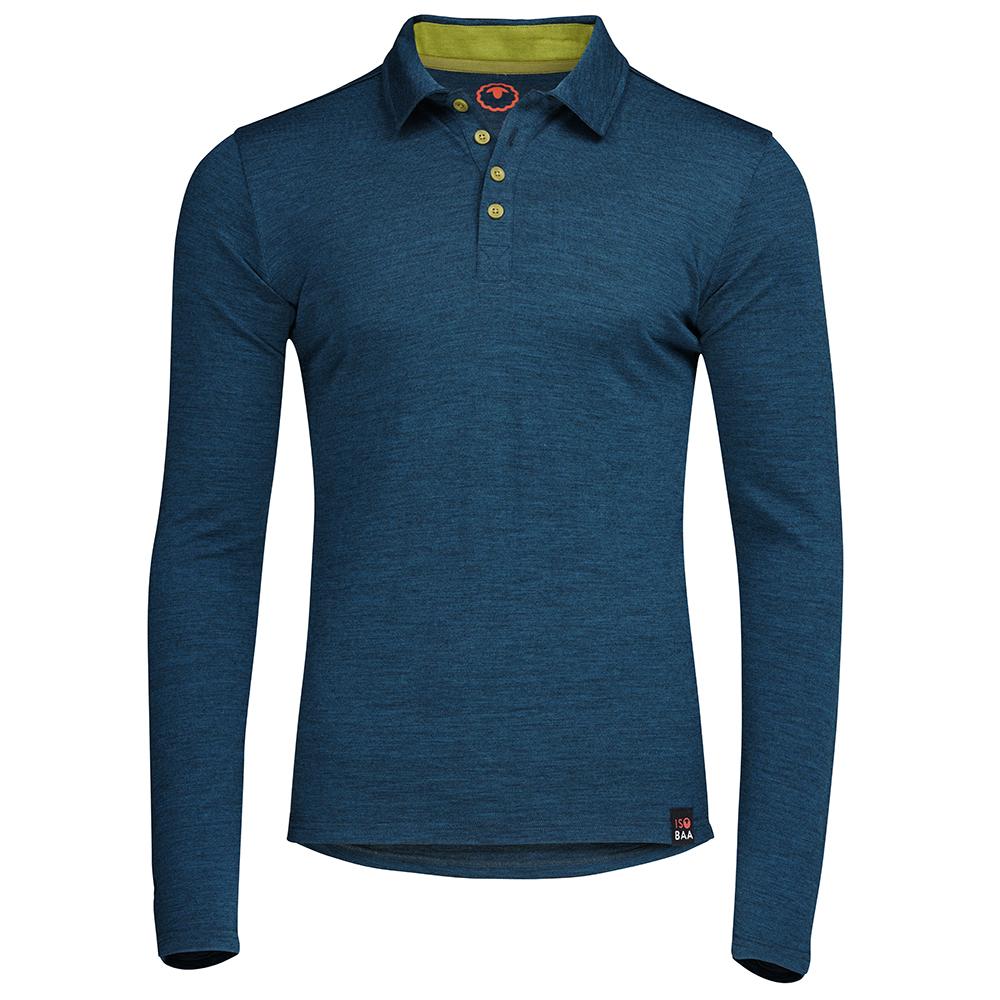

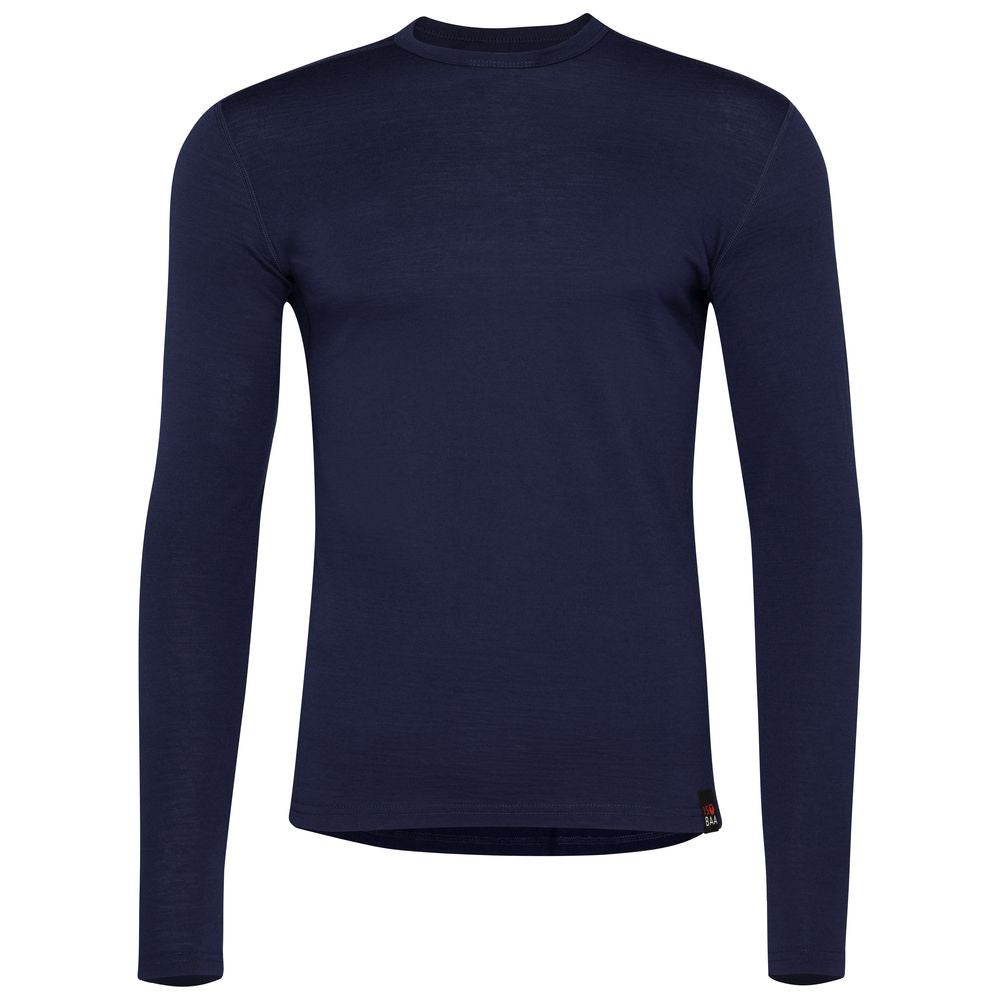

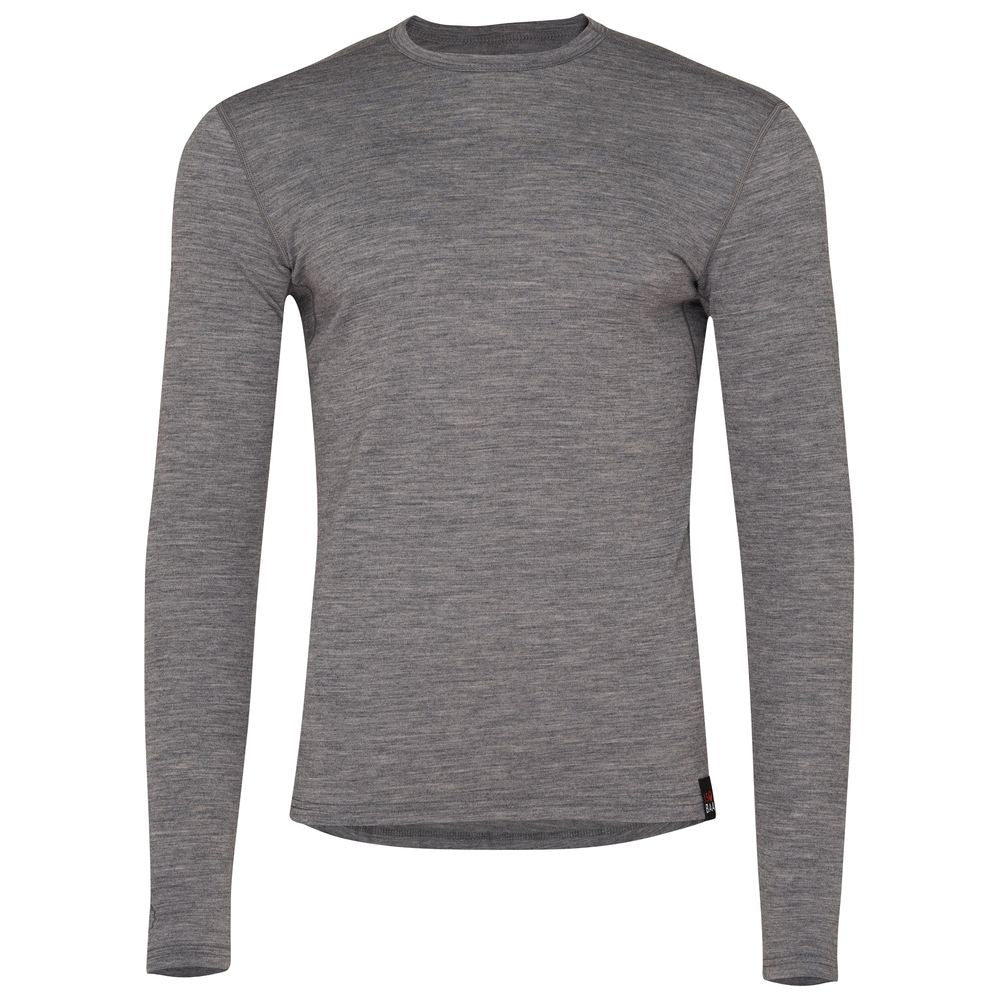

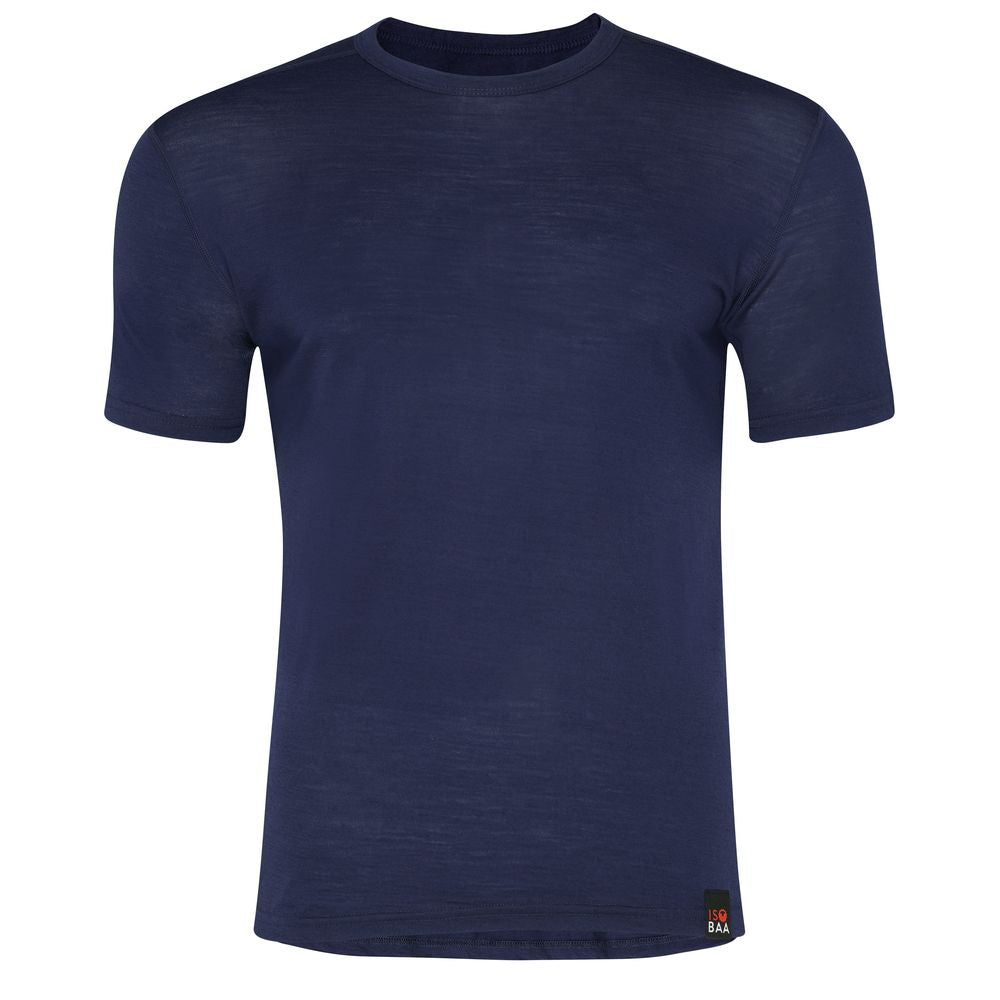
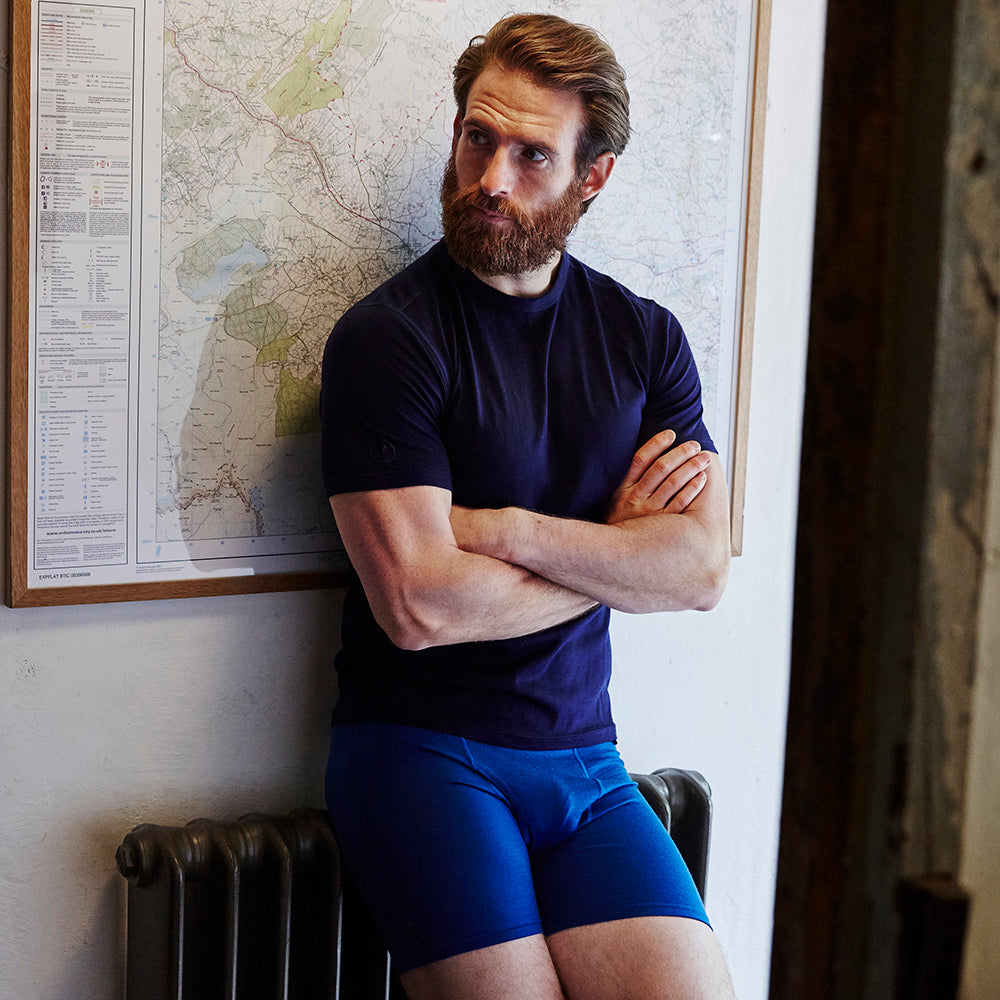
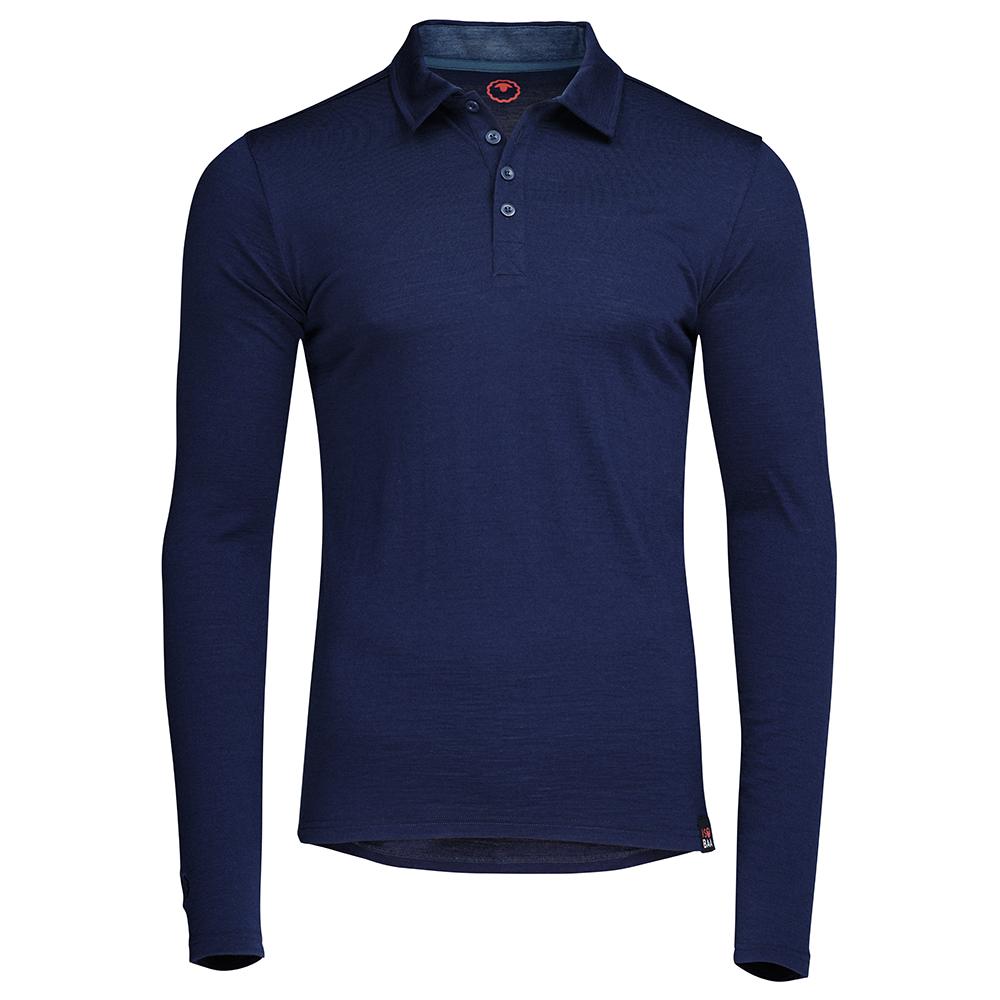

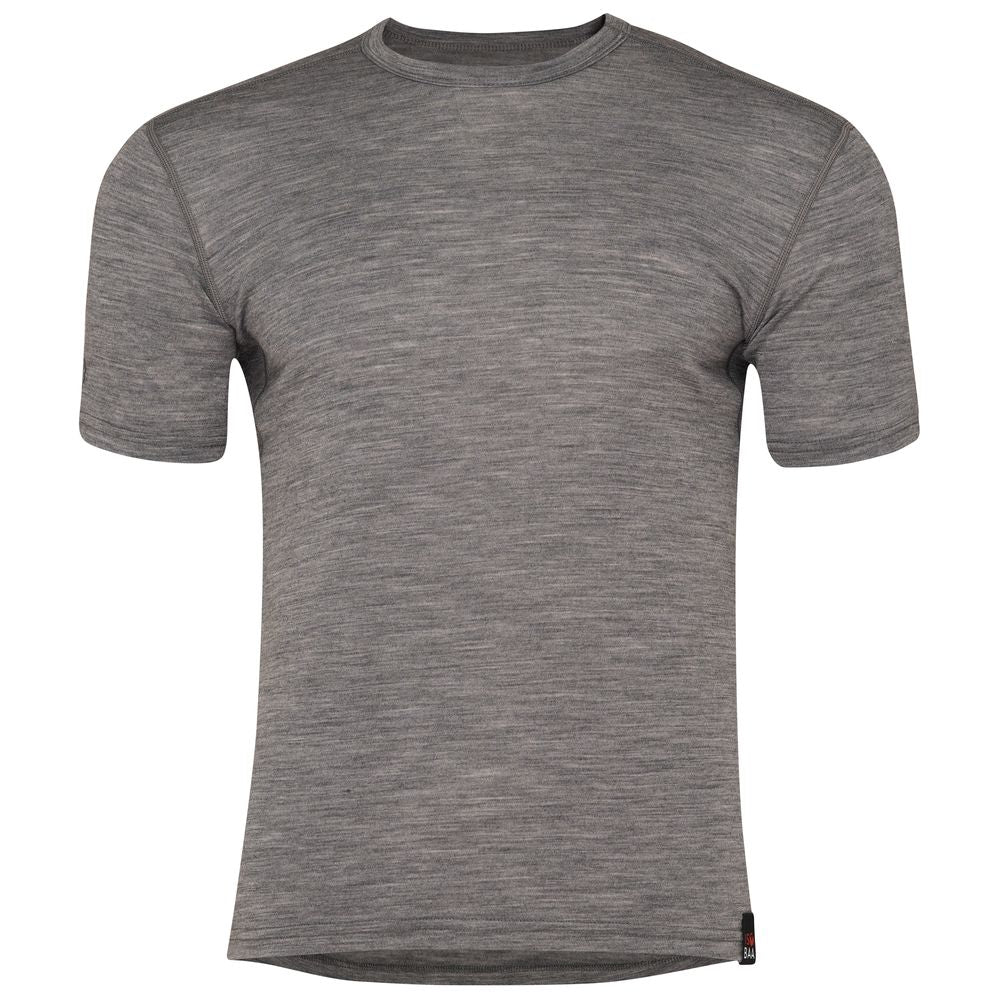

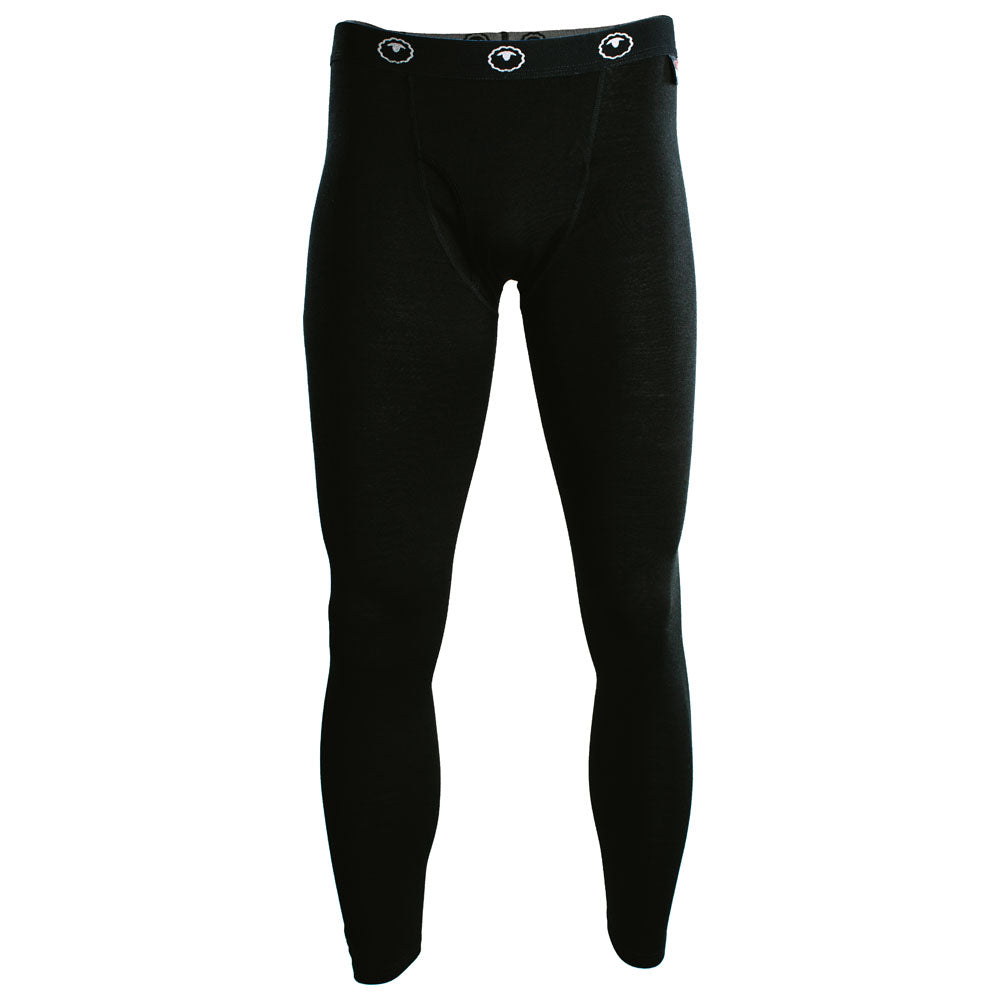

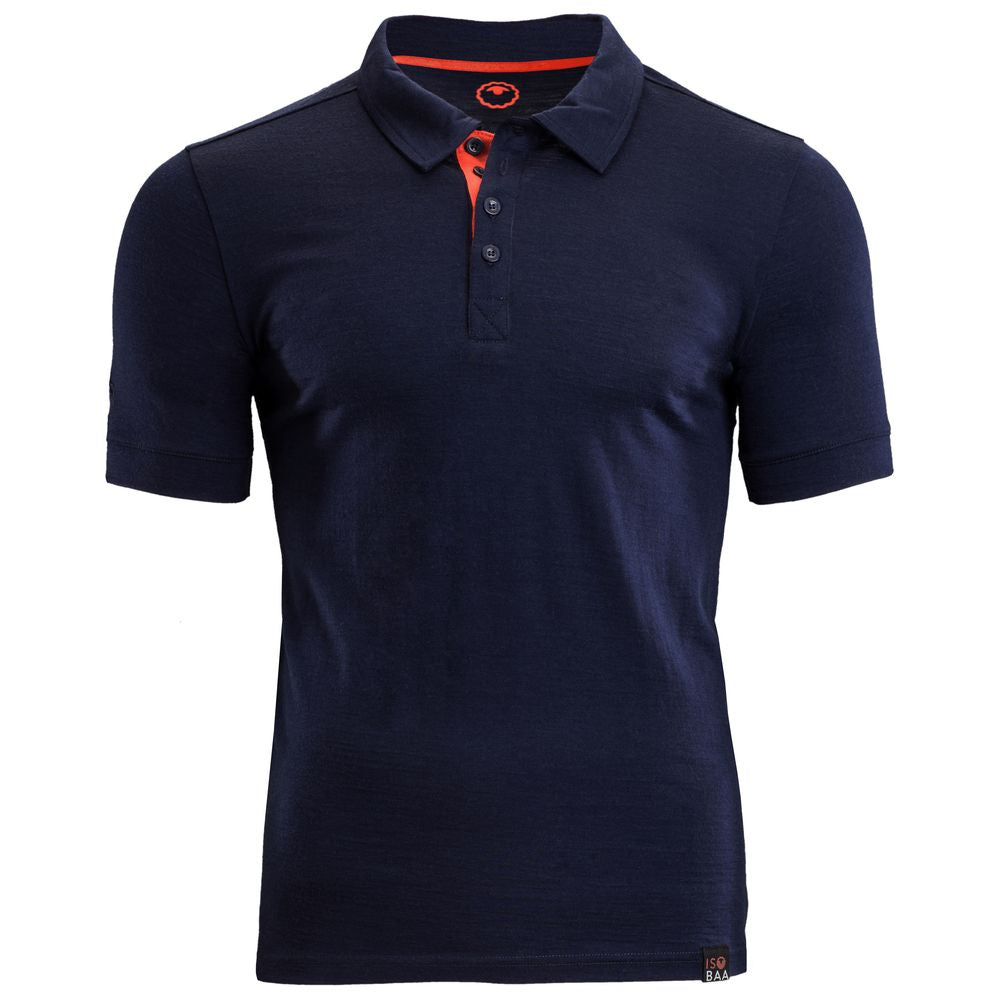
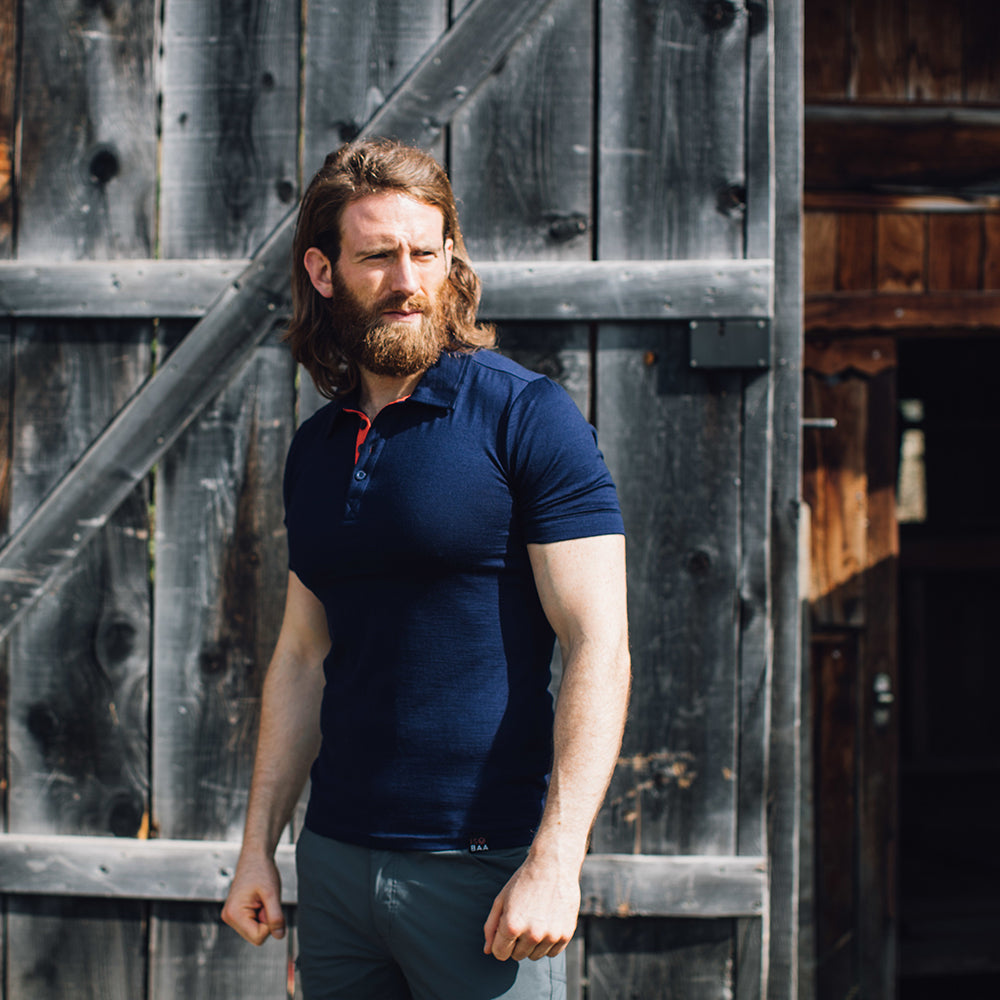
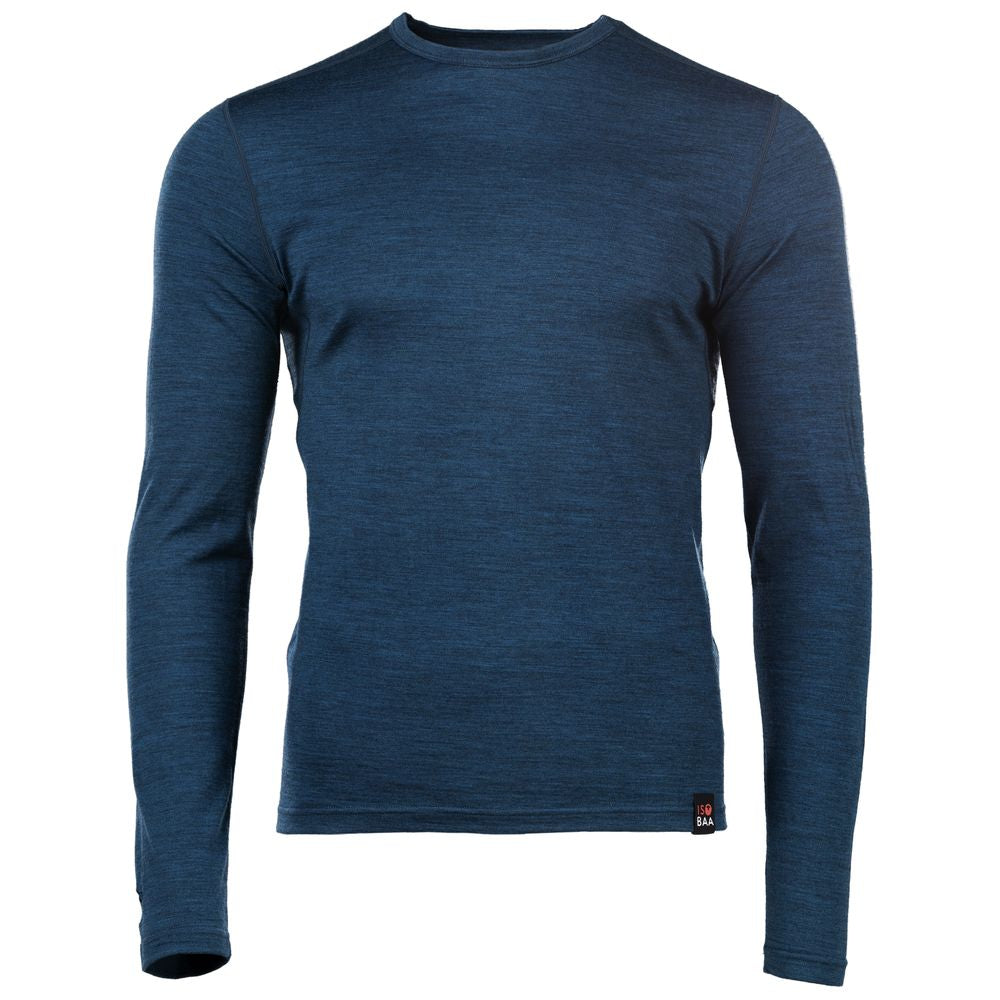

Leave a comment
This site is protected by hCaptcha and the hCaptcha Privacy Policy and Terms of Service apply.